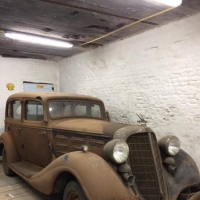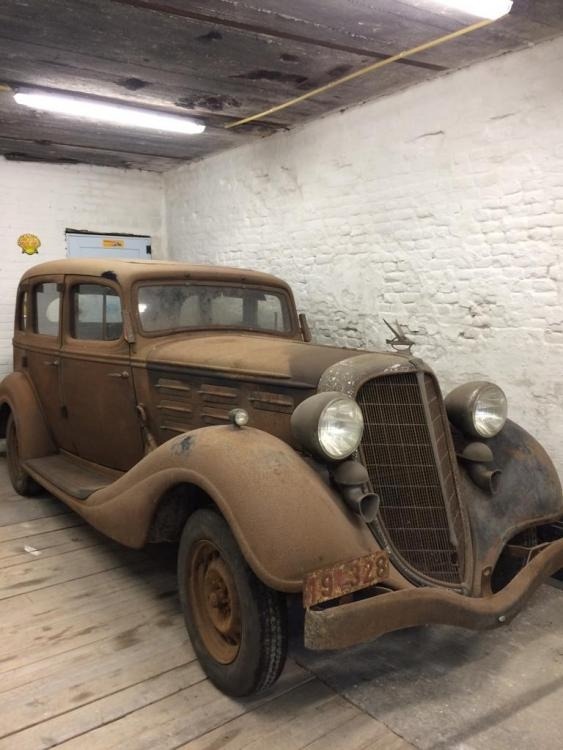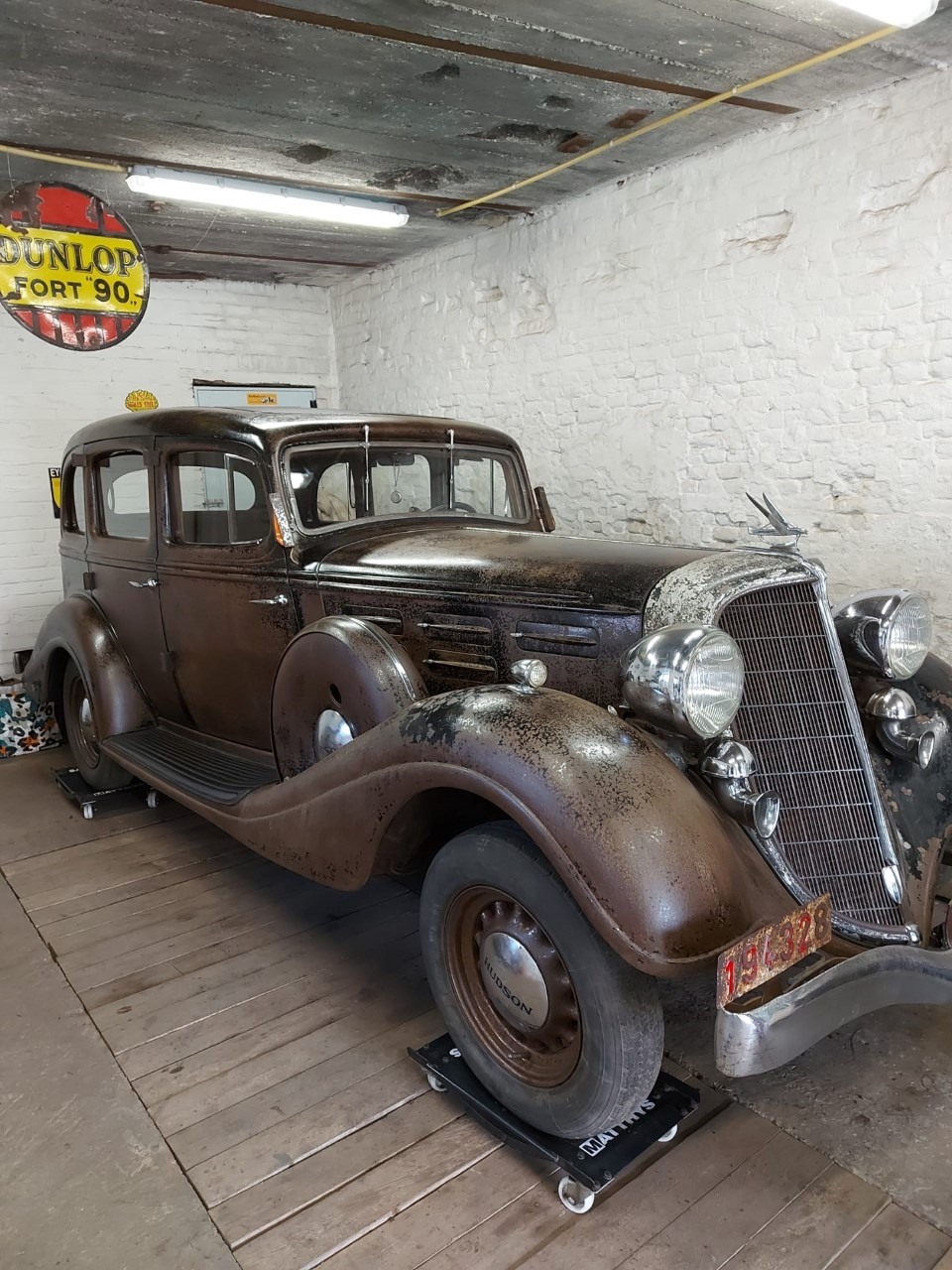What's an Export Model?
strangeplant
Member
Hi all,
My 1928 Hudson sedan has a black triangle on the radiator, yes definitely black and not brown. Picture below.
I found a link to a car medallions web site a long time ago, and the link said that this badge, emblem, or whatever you call it, represents an export model 'O' or 'S'. http://www.americanautoemblems.com/2018/11/hudson.html Well, I'm fixing the car up, and it's almost finished except for a few things. Only about 20 or so items to do, little things, like roof, seat, bumper, spare. all simple one or two syllable things. And I'd like to know what 'Export Model' means before I'm done. I don't see anything different about the car, but what do I know about the vagaries of the many different Hudsons built. Every one seems to have some little difference. Of course I'm adding my own when I restore it too, different colors, that's all. But was there something special about this 'Export Model', other than it didn't quite make it to the ship? Am I missing something?
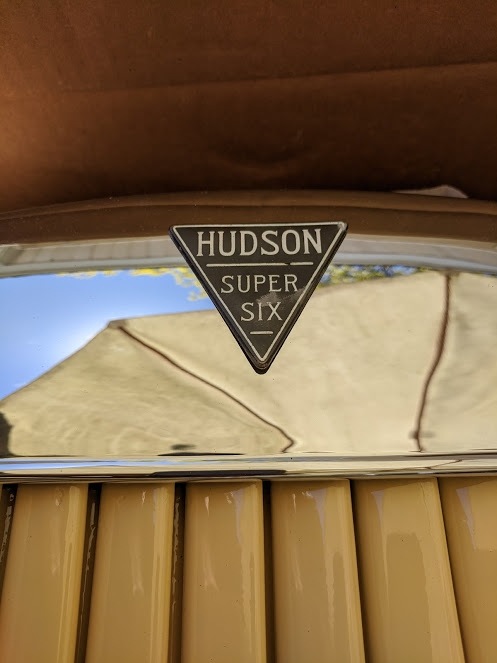
My 1928 Hudson sedan has a black triangle on the radiator, yes definitely black and not brown. Picture below.
I found a link to a car medallions web site a long time ago, and the link said that this badge, emblem, or whatever you call it, represents an export model 'O' or 'S'. http://www.americanautoemblems.com/2018/11/hudson.html Well, I'm fixing the car up, and it's almost finished except for a few things. Only about 20 or so items to do, little things, like roof, seat, bumper, spare. all simple one or two syllable things. And I'd like to know what 'Export Model' means before I'm done. I don't see anything different about the car, but what do I know about the vagaries of the many different Hudsons built. Every one seems to have some little difference. Of course I'm adding my own when I restore it too, different colors, that's all. But was there something special about this 'Export Model', other than it didn't quite make it to the ship? Am I missing something?

0
Comments
-
This would be a car sent to another country I do not know about the badge on your car being a different color but I do know that on 1936 Hudson badges that cars that went to the UK had small letters USA in gold on them and these letters were not on the cars that were in the states the ones with USA in gold letters on the badge were export cars.
.0 -
Also export models often had older parts on them, just to get rid of overstocked items. for instance most Australian and N.Z. '35 Terraplanes had wire wheels in spite of no such item being listed for '35 models. Early '28 models sometimes had '27 door handles etc. etc.0
-
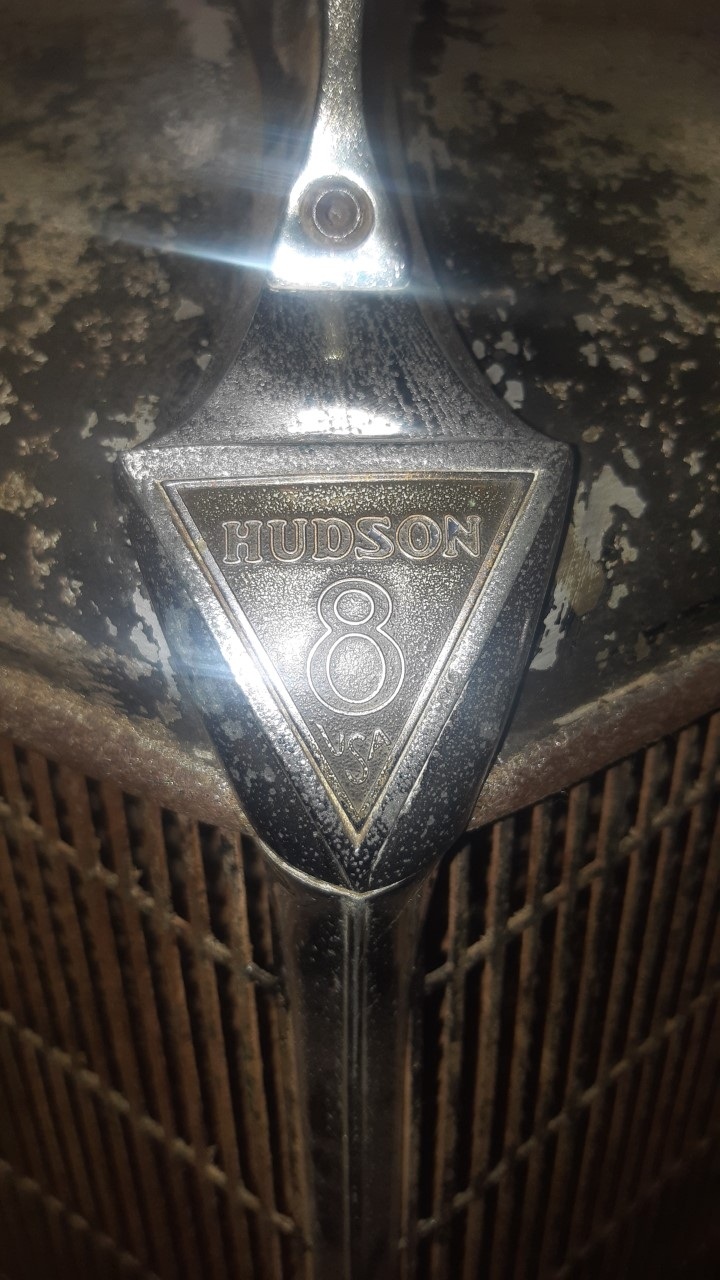
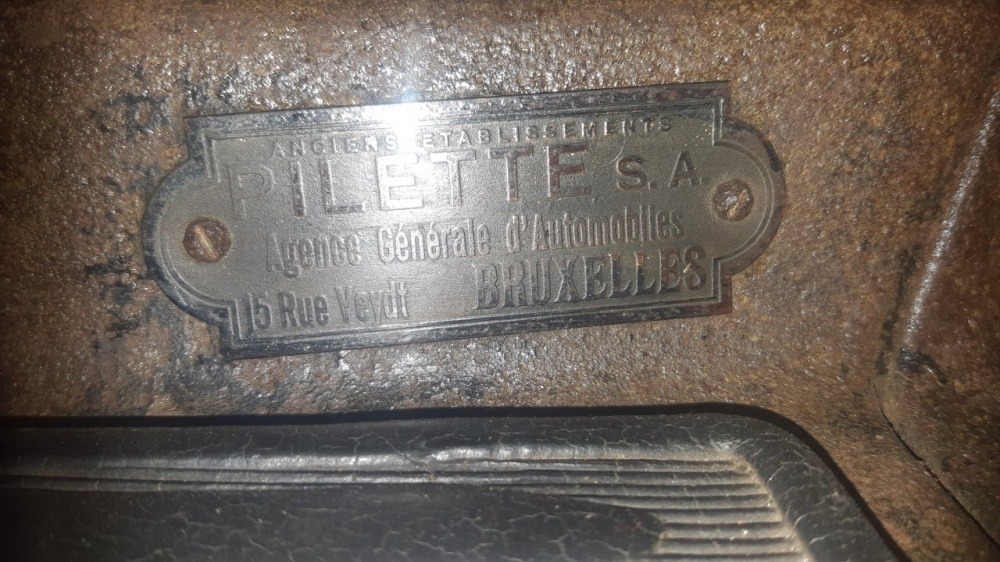
Made in Belgium CAM Anvers Belgium0 -
My 1928 Hudson has holes in the frame to mount a right had steering gear, and there are other provisions here and there for switching things out. Overall, It's so reassuring that my car was made from leftover parts. Then no one will know the difference if I replace other left over parts with used parts.
And then I can even make other changes, and if asked, I will just reply, "It's an export model, you know!"
Ha. I like it.
Just wait until my 'Export Model' has a new interior.....0 -
I realy love your way of thinking.0
-
AFAIK, for flexibility on the production line every Hudson through to 54 had the chassis rails/ sub frames stamped with all the holes necessary to mount either LHD or RHD components.strangeplant said:My 1928 Hudson has holes in the frame to mount a right had steering gear, and there are other provisions here and there for switching things out.0
Categories
- 36.9K All Categories
- 113 Hudson 1916 - 1929
- 20 Upcoming Events
- 92 Essex Super 6
- 28.6K HUDSON
- 574 "How To" - Skills, mechanical and other wise
- 995 Street Rods
- 151 American Motors
- 178 The Flathead Forum
- 49 Manuals, etc,.
- 78 Hudson 8
- 44 FORUM - Instructions and Tips on using the forum
- 2.8K CLASSIFIEDS
- 608 Vehicles
- 2.2K Parts & Pieces
- 77 Literature & Memorabilia
- Hudson 1916 - 1929 Yahoo Groups Archived Photos
